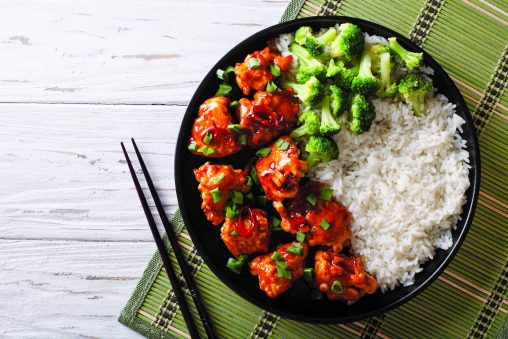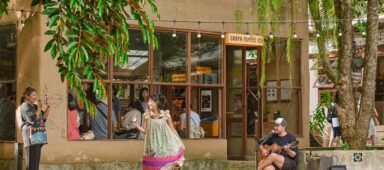What people eat around the world at Lunar New Year for good fortune may not have originated from China.
Words Mark Andrews

One unifying aspect of Lunar New Year, commonly known as the Spring Festival, is the importance of food. For most mainland Chinese, where jiaozi (steamed or boiled dumplings stuffed with meat and vegetables) usually take centre stage, much of the food enjoyed in Chinatowns around the world during the festive period would seem like exotic foreign food.
UNITED KINGDOM: CRISPY DUCK PANCAKES
In London, aromatic crispy duck pancakes are probably the most-ordered dish in a Chinese takeaway or restaurant nationwide.The dish combines elements of both Peking duck and xiang su ya, a duck dish popular in Sichuan, Huanan and Jiangsu provinces.
The meat has less fat and is drier and crispier than that of Peking duck. It is shredded rather than carved, and its popularity has a lot to do with the pancake element, as well as with the cucumber and spring onions. For restaurants, this version speeds up and simplifies the labour-intensive preparation of Peking duck, with the use of steaming followed by deep-frying rather than oven-roasting. Holes poked in the skin allow the marinade to reach the meat.
MALAYSIA /SINGAPORE
Popular in Malaysia and Singapore is a dish called yeesang (yusheng), which literally means raw fish, although the Chinese characters are also a homophone for “abundance”. Topped with raw fish, it largely consists of a salad with a unique sweet and slightly sour taste.
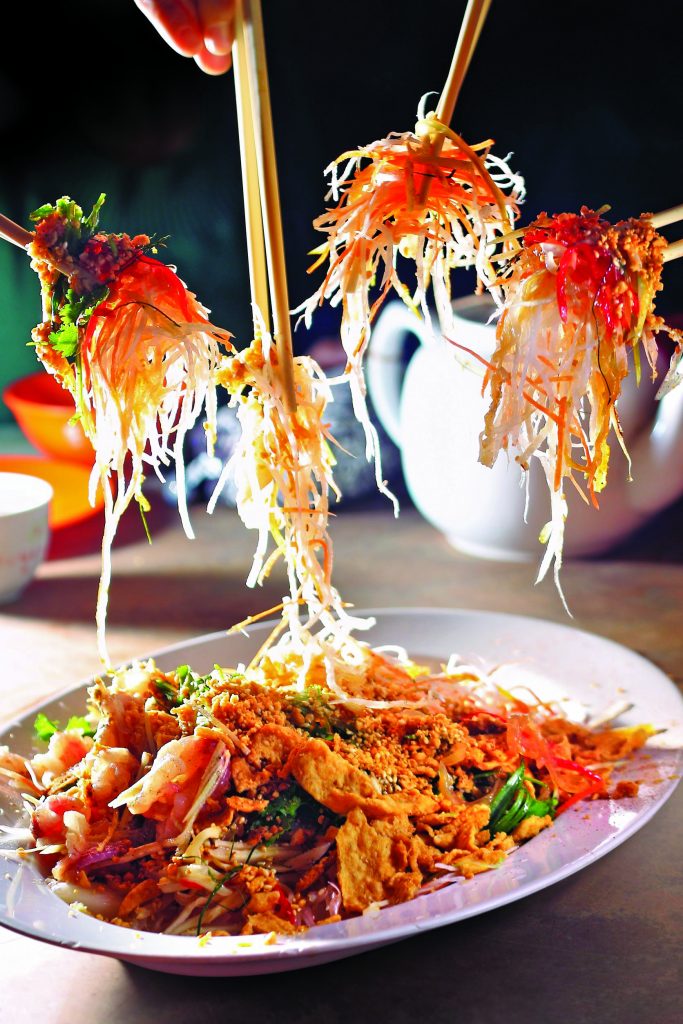
“It is tossed together as high as possible while saying auspicious phrases that will bring good luck, good life, health and prosperity for the new year,” says Justin Hor, Executive Chef of Oriental Group of Restaurants.
Chinese make up the second largest ethnic community in Malaysia, and yee sang is loosely based on a dish from Guangdong Province, China.
“Due to the weather in the country and the abundance of food during Lunar New Year, yee sang is believed to have been created by the early immigrant generations to increase one’s appetite before the other dishes, which will usually consist of meat and seafood,” explains Hor.
MAURITIUS: GATO AROUILLE
While Mauritian gato arouille may sound like a French dish, it is very much a product of the multi-ethnic Indian Ocean island nation, where the Chinese started arriving in the late 19th century from the south of China. Although eaten all year round and no longer just served by the Chinese diaspora, it features very much as part of the celebrations.
Made from grated taro root and deep-fried into ball-shaped fritters, it is very different from typical Chinese ways of preparing taro; the closest Chinese equivalent is a street snack of deep-fried daikon radish (luobosi youdunzi). Royal Street in Port Lois plays host to Chinatown and is the epicentre for Mauritians celebrating Lunar New Year.
JAPAN
Yokohama in Japan has often served as a conduit for new foods entering through its busy port. Home to Asia’s largest Chinatown, it hosts large-scale celebrations for Lunar New Year, with visitors flocking to the many restaurants.
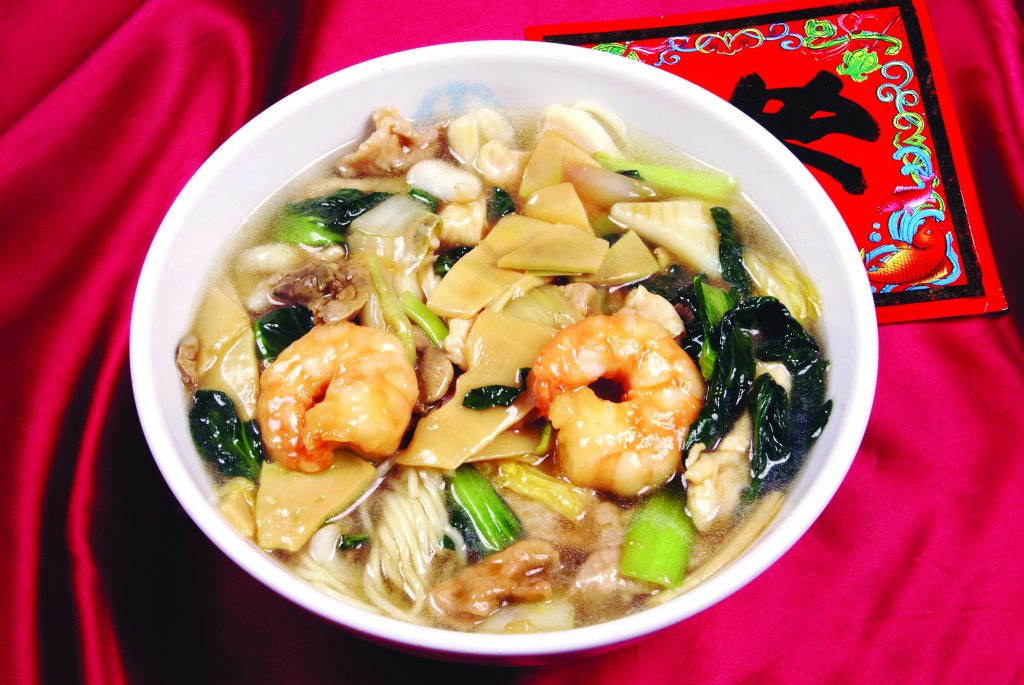
“These days, relatives gather at Chinese restaurants rather than giving parties at home, so it’s very crowded,” says Dan Takamune, a member of the Yokohama Chinatown Development Association and General Manager of local restaurant Kin Gen Rou.
They eat dishes like gomoku ankake soba (chop suey noodles), a very popular dish in Japan consisting of meat and seafood with vegetables in a thick sauce over noodles, or fried noodles in the case of the yakisoba version. “Japanese people are fond of noodles with a muddled topping (chop suey),” says Takamune, adding that they are quite different from any noodle dishes in China.
SOUTH KOREA: JJAJANGMYEON
In South Korea, jjajangmyeon is one of the most popular orders at any Chinese restaurant in the country. Incheon is home to the Jjajangmyeon Museum and the city’s Chinatown has various restaurants famous for the dish.
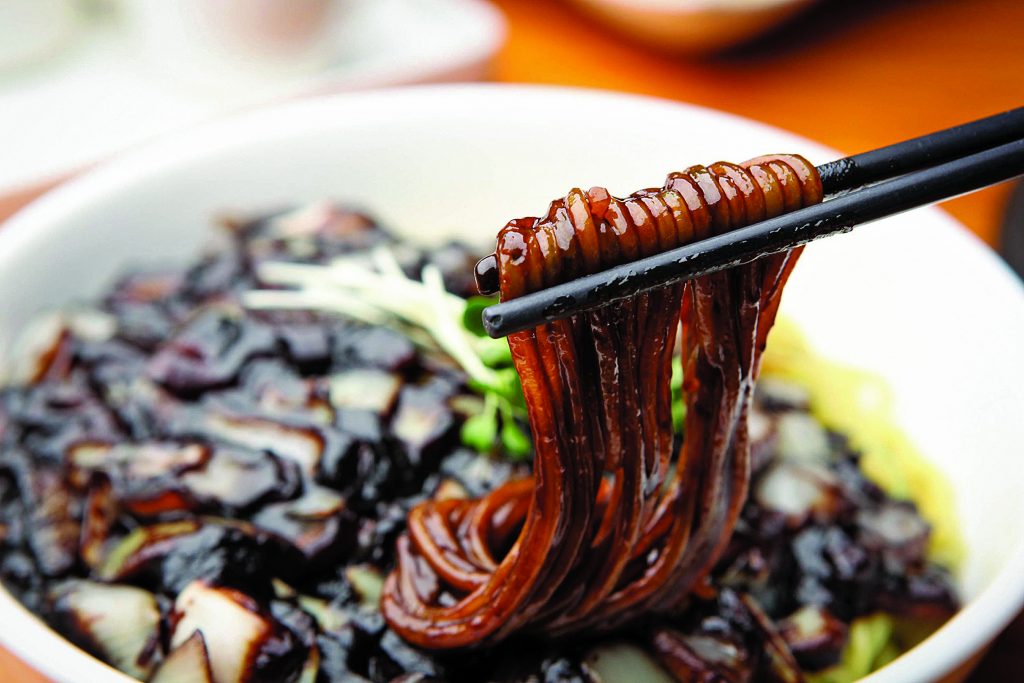
However, the Shandong Province natives who first brought zha jiang mian to Incheon would be hard pushed to recognise today’s dish of spaghetti-like noodles topped with a thick black sauce containing meat and vegetables and crowned with julienned cucumber.
According to Kim Younghee, manager of the Jjajangmyeon Museum, the key is the sauce. “Korean-style jjajangmyeon is made with chunjang (a sweet bean sauce infused with black caramel sauce), which is really addictive and suits the Koreans’ taste,” she says.
UNITED STATES: GENERAL TSO’S CHICKEN / FORTUNE COOKIES
In American Chinatowns, General Tso’s chicken is a firm favourite. It is not necessarily associated with Lunar New Year but will be one of the likeliest dishes for locals to order.
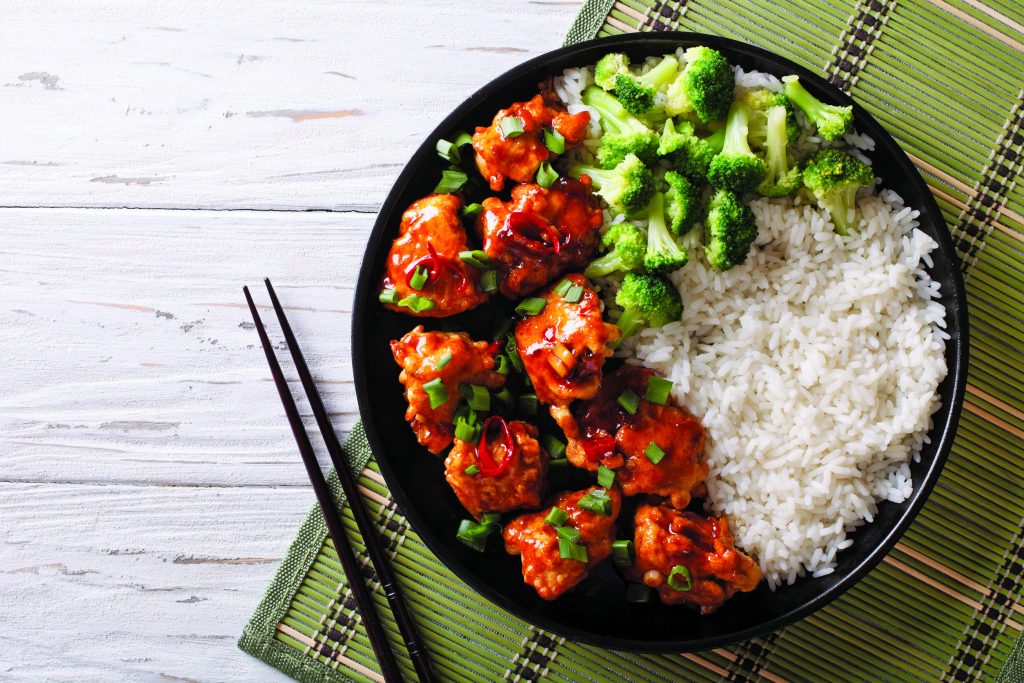
The dish, though, is unheard of in China and is based on a dish invented in Taiwan by Peng Chang-kuei (Peng Zhanggui) before arriving in the U.S. in the 1970s. “It is sweet. It is fried. And it is chicken. All things Americans love,” explains Jennifer Lee, producer of the documentary The Search for General Tso.
Named after Zuo Zongtang, a 19th-century military leader and statesman from Hunan with a supposed love of eating chicken, the dish was popularised in the U.S. by restaurateur T.T. Wang and modified for American tastes. “The Taiwan version is not as sweet, not as fried and has skin and bone. Also, there is no broccoli!” says Lee.
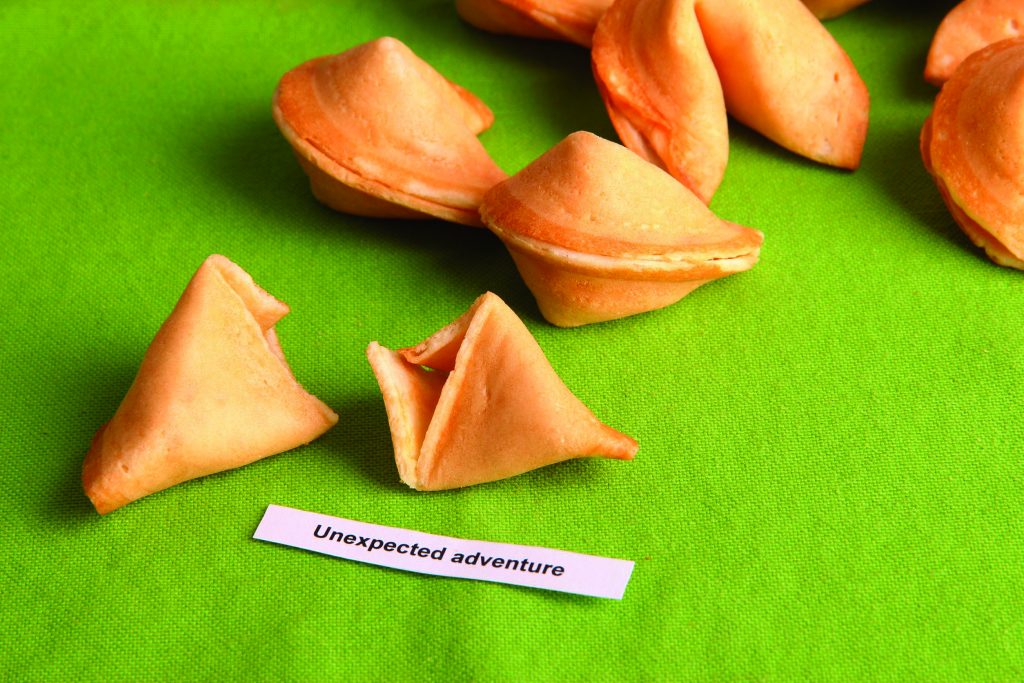
Any Lunar New Year feast should be rounded out with dessert; yet the fortune cookie, probably the most famous “Chinese sweet” in the world, is unheard of in China. “Fortune cookies are an American thing, proudly Made in the USA, and founded in San Francisco,” says Kevin Chan, manager of Golden Gate Fortune Cookie Factory, which still makes the cookies by hand in the heart of San Francisco’s Chinatown.
Both San Francisco and Los Angeles vie for being first with the cookies, but the originator may well have been a Japanese rather than Chinese immigrant. According to a popular San Francisco version, the inventor was Makoto Hagiwara. “We can all agree Chinese-Americans took a flat cookie, creatively folded and stuffed it with a fortune printed on a paper, and branded it as a fortune cookie to bring good fortunes to those who would consume it at Chinese restaurants – it’s a brilliant example of how innovation works in San Francisco,” says Chan.
